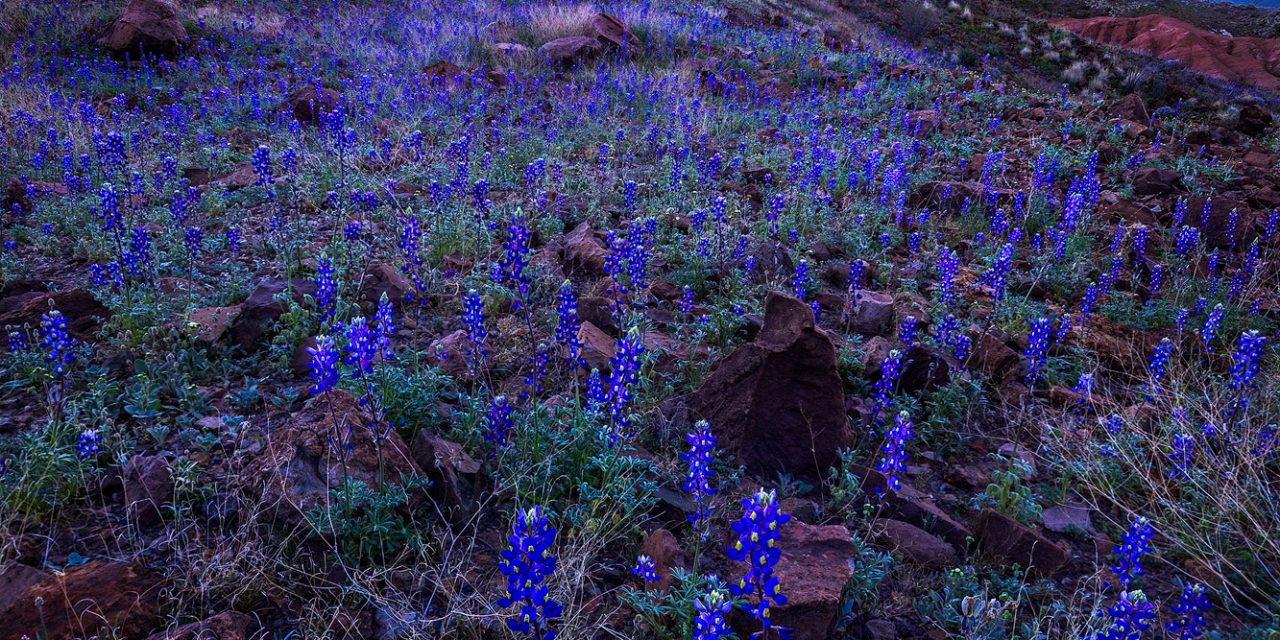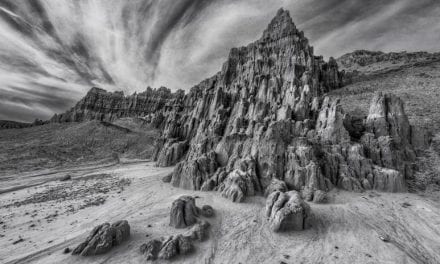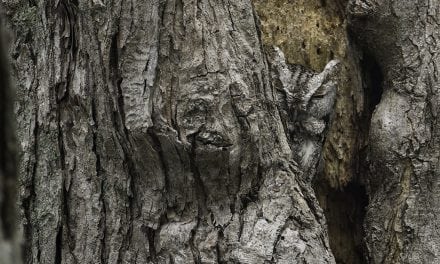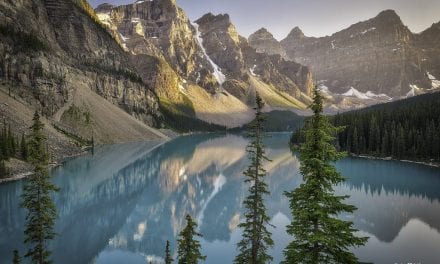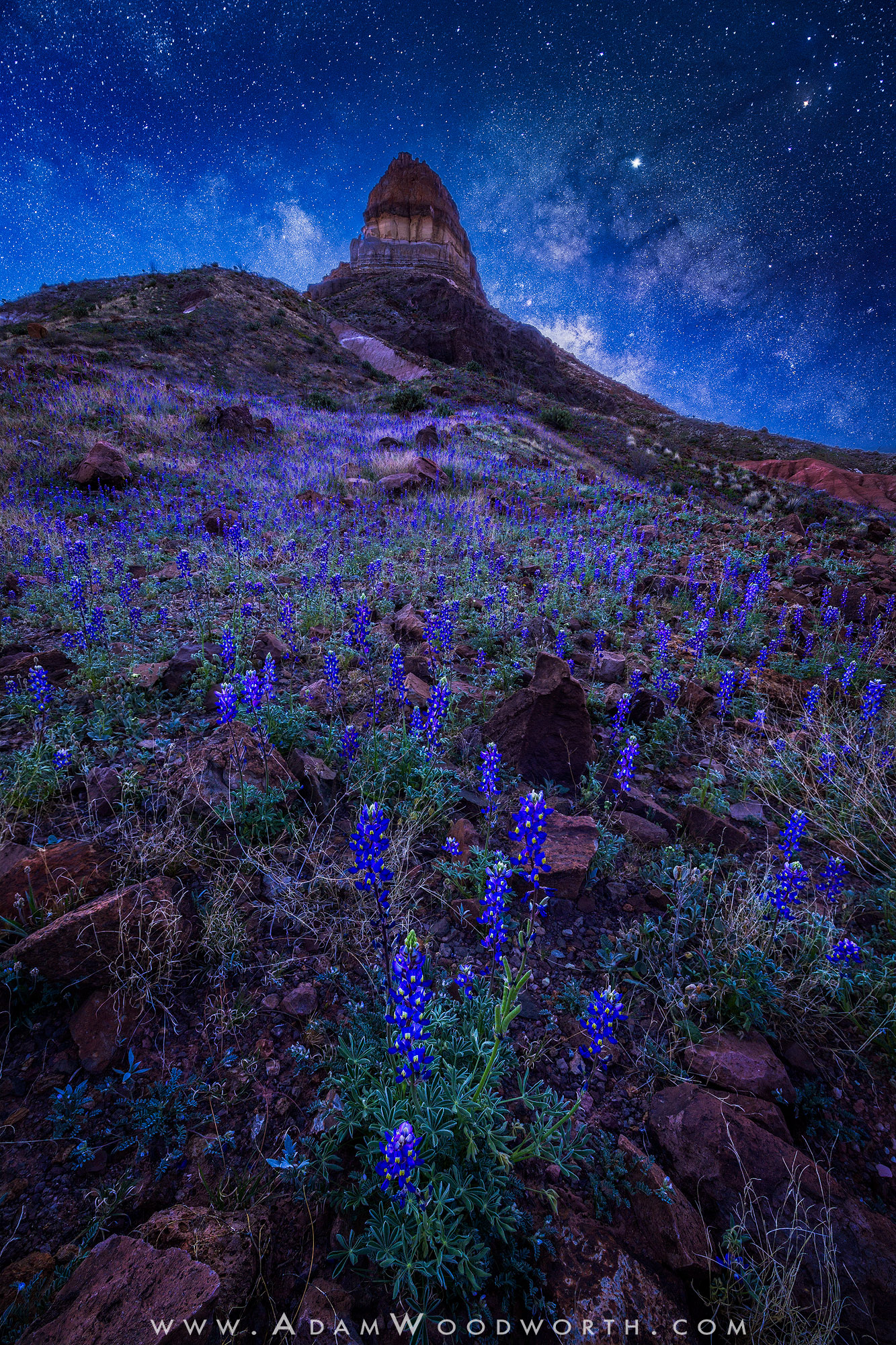
Sometimes even the most simple descriptive titles sound like a Dr. Seuss poem.
This shot is from mid-February during the very early part of the “superbloom” that was taking over many of the desert areas out west this spring. Bluebonnets are a type of lupine. Compared to the lupines we have here in Maine and New Hampshire they are quite a bit smaller, but just as beautiful when they cover an otherwise barren desert. This was my first time seeing flowers in the desert, and it was quite a sight.
The Milky Way didn’t really get up above the hill here until just after astronomical twilight started before sunrise, so the sky is very blue from the scattered sunlight (like daytime) since it was not full darkness.
Technical Details
Nikon Z 6 with Nikon Mount Adapter FTZ and NIKKOR 14-24mm f/2.8 lens @ 14mm. Blend of 12 total images.
The sky is from 10 exposures at ISO 3200 @ f/2.8 and 10 seconds each, star stacked with Starry Landscape (Mac only) for pinpoint stars and low noise. On Windows you can use Sequator for star stacking with landscapes. Photoshop can do it but it’s a manual pain in the butt and doesn’t always work.
The foreground is from 2 exposures, both at f/11 and 30 seconds, but one was at ISO 800 and the other was at ISO 100. I pulled in focus to get the very close bluebonnets in focus in one of the shots. The scene was getting bright quickly as the sun was approaching the horizon, and in the 6 minutes that passed between the foreground shots that I ended up using (I was taking another foreground shot in between and checking out previous shots, etc) there was enough light that I could do ISO 100 at 30 seconds instead of 800 at 30 seconds. I kept the foreground exposures to 30 seconds to minimize any movement in the flowers from the wind, but I was lucky and it was just about dead calm, which was almost eerie in a very dark place in the middle of nowhere without any noise other than my own movements.
Learn more about Milky Way shooting & editing techniques through tutorials available at Adam’s website, www.adamwoodworth.com, and follow him on Instagram as @awoodworthphoto.
The post Big Bend Blue Hour Bluebonnets and Milky Way appeared first on Outdoor Photographer.

